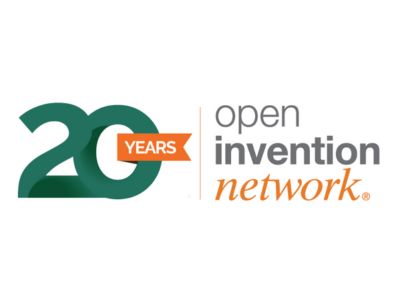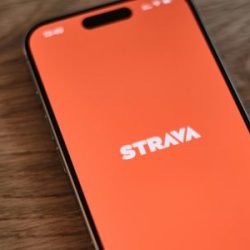According to the Consumer Electronics Association, in 2005, US consumer electronics revenues exceeded $122 billion. This was due to new product introductions in the areas of wireless devices, flat panel displays, digital music devices, and gaming consoles.
At the time, growing numbers of consumer devices were driven by in-house operating systems or “lite” versions of mainstream operating systems from companies like Microsoft. Personal computer-based operating systems were used in systems like game consoles. Most server systems in use were proprietary, though that was beginning to change.
With the advent of Linux and the rapidly growing and enthusiastic support of it by the open-source community, a real alternative to proprietary operating systems was available for use by an array of computing device manufacturers. Linux offered three significant advantages for the manufacturers over “commercial” software.
Linux was a readily available operating system that cost companies nothing to use in their products. Linux was not only scalable, it had such a large ecosystem of developers investing their time for nothing that advanced feature sets gave companies the ability to focus on differentiating higher in the software stack, while the community shared important, lower-level innovations across companies. Linux also gave companies the ability to create products that drove connectivity between software applications, increasing the value of interoperability.
Companies began to make investments in their software development and hardware configurations that would leverage Linux. However, the very strength of Linux – that it was not owned by anyone but collectively developed, shared, and managed – was also its Achilles heel because no one entity held all of the intellectual property for it. For companies to comfortably make significant investments in Linux development, distribution, and use, there had to be a way to protect open source from patent aggressors.
In 2005, IBM, Philips, NEC, Sony, and SUSE – joined later by Google and Toyota – formed an entity named Open Invention Network (OIN). At its core was an unprecedented patent cross-license that all organizations – including the founding members – would sign. OIN’s cross license was royalty-free and allowed any organization to join at no cost, if they agreed not to exercise their patent rights against fellow cross-licensees; based on a set of software components and packages listed in an index – Open Invention Network’s Linux System definition.
“Sony joined OIN 20 years ago when there were strong proprietary operating systems, notably Microsoft’s Windows, that were well protected from intellectual property issues. At the same time, Linux was gaining momentum, but didn’t have a protector of open source. OIN was formed to be a guardian of open source from a patent perspective, and Sony wanted to be part of OIN’s community,” said Peter Toto, Senior Vice President & IP Counsel at Sony.
“The first and easiest benefit to see is the lack of patent confrontations we’ve experienced in Open Source. I’ve been with Sony since it joined OIN and can’t think of any business-affecting events we’ve had around patents being asserted in the open-source space,” commented Toto. “I attribute much of that to Open Invention Network. Also, being a part of OIN gives us some credibility in the open-source space as a serious player. We founded the Consumer Electronics Linux Forum, we were on the ground floor of the Academy Software Foundation with the Linux Foundation, now we’re a Gold Linux Foundation Member and certified with OpenChain. I think all this activity around Open Source has been greatly facilitated by our OIN membership.”
It’s been 20 years since OIN was founded. Its unique structure and subsequent activities have made it a pioneer in patent non-aggression and co-opetition. More than 4,000 businesses and organizations have become members of OIN, making it the largest active patent cross-license and the only organization focused solely on mitigating patent risk in Open Source. Membership in OIN is seen as a litmus test of organizations’ authenticity and commitments to patent non-aggression in open source.
As Linux and open source have grown, so has the scope of software covered by the Linux System Definition. It intersects with all the latest technologies – mobile, cloud computing, IoT, automotive, gaming, and AI development, among many others.
You may also like…
AI and the corporate IP landscape: strategic transformation and the road ahead
The pace of change in intellectual property (IP) management is accelerating, and artificial intelligence (AI) is at...
Small investment, big protection: why clear communication in IP builds real business value
“A brand dispute can cost tens of thousands – while protection costs only a few hundred.” A single brand dispute can...
The semaglutide story: highlighting the need to maintain patent protection in Canada
Semaglutide, the blockbuster GLP-1 receptor agonist marketed under names like Ozempic® (type 2 diabetes) and Wegovy®...













